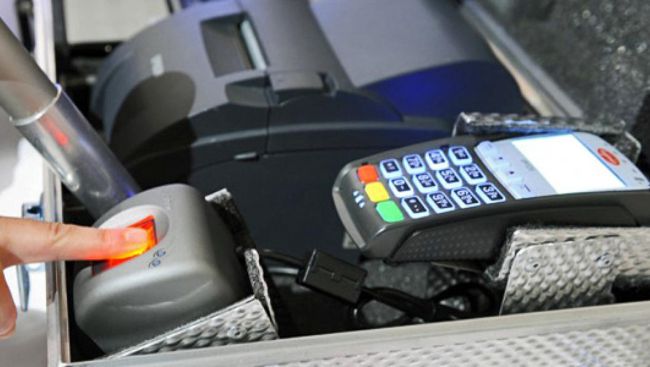According to a new survey conducted by Visa, two-thirds of consumers want to use biometrics when making payments and three-quarters see two-factor authentication, where biometrics are used in conjunction with a secure payment device.
Called the Visa Biometric Payments study, the survey questioned 14,000 consumers across seven European markets. The bottom line: people are much more receptive to contactless and biometric payments rather than traditional friction-based means of completing a transaction.

Visa's new study revealed that most consumers prefer biometric payments.
Two big factors seem to be driving consumers’ change in perspective: speed and security. More than three in four consumers surveyed see two-factor authentication, where a form of biometrics is used in conjunction with a payment device, as a more secure type of payment. What’s more, 53% of those consulted by Visa would be more comfortable with fingerprint scanning.
Fewer people favored either voice recognition or the new technology of selfie-based recognition. Just 15% of consumers said they’d use selfies to make payments, and 12% would use voice recognition for authentication.
Of those quizzed, 68% would like to use biometric authentication methods to pay for items, specifically in environments where speed efficiencies are valued, such as buying train tickets or while purchasing food at a restaurant.
Visa’s executive director of innovation partnerships, Jonathan Vaux, believes biometrics must be married with other forms of authentication to make a successful payment system. “Biometric identification and verification has created a great deal of excitement in the payments space because it offers an opportunity to streamline and improve the customer experience,” he said. “Our research shows that biometrics is increasingly recognized as a trusted form of authentication as people become more familiar with using these capabilities on their devices.”
According to Vaux, biometrics are not a binary based measurement such as a PIN, but are based on the probability of a match. Biometrics are most efficient when linked to other factors, such as the device, geolocation technologies, or with an additional authentication method. “That’s why we believe that it’s important to take a holistic approach that considers a wide range of enabling technologies that contribute to a better end-to-end experience, from provisioning a card to making a purchase to checking your balance,” he said.
When asked to consider the benefits of biometric authentication, 51% of Europeans said that biometric authentication for payments could create a faster and easier payment experience, compared to traditional methods. A third of those surveyed were open to the idea that biometric authentication would be safe, even if their device was lost or stolen.
Source: The Register
Advertisement
Learn more about Electronic Products Magazine





